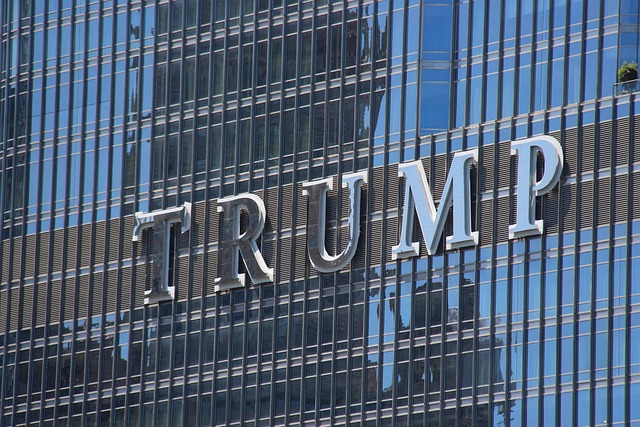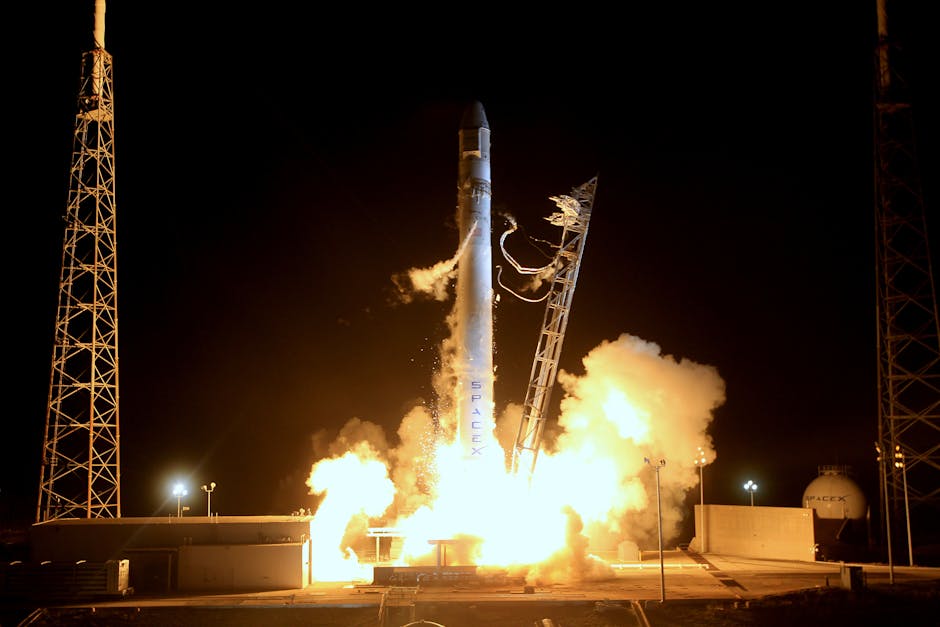Alright, let’s talk about the recent news: President Trump’s decision to impose a 25% tariff on imports from India. This move, which directly impacts the Trump India Tariff, has sent ripples through the global trade community. It’s a significant development, and it’s crucial to understand the motivations behind it and the potential consequences. We’ll be looking at the economic factors, the geopolitical implications, and what this could mean for the future of US-India relations. This is more than just a trade dispute; it’s a complex interplay of economics, politics, and global power dynamics.
Table of Contents
So, why this sudden focus on the Trump India Tariff? Well, the rationale centers on perceived trade imbalances and barriers. The US argues that India’s trade practices have hindered American businesses. However, this is just the surface. The announcement is also linked to the evolving geopolitical landscape, specifically India’s relationship with Russia. Therefore, we’ll explore the motives, the potential outcomes, and the strategic considerations for both the US and India. This is a situation that demands careful analysis, as the stakes are high, affecting not only economic prosperity but also the broader geopolitical landscape.
More from me
The Looming Shadow of Trade: Tariffs and International Relations
The global economic stage is once again set for a dramatic act, with the United States, under the leadership of President Donald Trump, poised to impose a 25% tariff on imports originating from India. This announcement, delivered via Truth Social, reverberates across the international trade landscape, signaling a potential shift in the delicate balance of global commerce. The decision, slated to take effect on August 1st, has far-reaching implications, not only for the economic ties between the US and India but also for the broader geopolitical dynamics that shape our world. The imposition of tariffs, a tool often wielded in the realm of international trade, serves as a stark reminder of the complex interplay between national interests, economic policies, and the ever-evolving relationships between nations. This move, as we shall explore, is more than just a simple trade dispute; it is a complex tapestry woven with threads of economics, politics, and global power dynamics.
The rationale behind this significant trade action, as articulated by President Trump, centers on the perceived imbalances in the trade relationship between the United States and India. The core of the argument rests on the assertion that India’s high tariffs and “obnoxious non-monetary trade barriers” have stifled the growth of US-India trade. This perspective suggests that the US has been at a disadvantage, facing obstacles that have limited its ability to engage in substantial business with India. Furthermore, the announcement casts a shadow over India’s burgeoning relationship with Russia, particularly concerning the purchase of military equipment and energy resources. This adds a layer of complexity, as the US appears to be linking trade policies with geopolitical considerations. The decision, therefore, is not merely about economics; it’s a strategic maneuver with implications that extend far beyond the confines of trade agreements and import duties, influencing the geopolitical landscape.
Unpacking the Motives: A Deeper Dive into US-India Trade Dynamics
The imposition of a 25% tariff on Indian imports by the United States necessitates a thorough examination of the underlying motives and the historical context that shapes this decision. President Trump’s statement, citing high tariffs and non-monetary trade barriers, provides a starting point for this analysis. Historically, the US has long advocated for free and fair trade, often criticizing countries that employ protectionist measures. India, with its complex regulatory environment and often-cited trade barriers, has been a frequent target of such criticism. The US argues that these barriers hinder American businesses from accessing the Indian market, thus creating an uneven playing field. This perspective is rooted in the principles of economic liberalism, which emphasizes the benefits of open markets and reduced government intervention in trade. However, the reality of international trade is often far more complex than this idealized model.
Delving deeper, one must consider the specific sectors affected by these trade barriers. The US may be particularly concerned about sectors where it holds a competitive advantage, such as technology, pharmaceuticals, and agricultural products. India’s trade policies, including tariffs and non-tariff barriers, could be seen as impediments to the entry of these goods and services. Furthermore, the US might be concerned about the impact of these barriers on its trade deficit with India. A trade deficit, where a country imports more than it exports, can be a source of economic and political tension. The imposition of tariffs is often seen as a tool to address such imbalances, aiming to make imports more expensive and thus reduce the trade deficit. However, the effectiveness of tariffs in achieving this goal is a subject of ongoing debate, with economists offering diverse perspectives on their impact on prices, consumer welfare, and overall economic growth. This situation underscores the multifaceted nature of international trade and the intricate web of factors that influence trade policy decisions.
Geopolitical Chessboard: India, Russia, and the US Trade Stance
The announcement of the tariffs against India cannot be viewed in isolation; it is intricately linked to the evolving geopolitical landscape, particularly the relationship between India, Russia, and the United States. The US has expressed concerns over India’s significant purchases of Russian military equipment and its role as a major buyer of Russian energy resources. This linkage highlights the strategic dimensions of trade policy, where economic decisions are often intertwined with broader geopolitical objectives. The US, as a major global power, seeks to exert influence and maintain its strategic interests, and trade policy is often employed as a tool to achieve these goals. In this context, the tariffs can be interpreted as a signal to India, a message that its close ties with Russia are viewed with disapproval and may have economic consequences.
The relationship between India and Russia has deep historical roots, dating back to the Cold War era. Russia has long been a key supplier of military equipment to India, and this relationship has continued even as India has diversified its strategic partnerships. The US, while seeking to strengthen its ties with India, is also wary of the growing influence of Russia in the region. The imposition of tariffs could be seen as an attempt to pressure India to reconsider its relationship with Russia, aligning its foreign policy more closely with that of the US. However, this strategy carries risks. India, as a sovereign nation, is likely to resist external pressure that it perceives as an infringement on its autonomy. Furthermore, the tariffs could backfire, potentially pushing India closer to Russia and other countries that are less aligned with US interests. This geopolitical chessboard is complex, with each move carrying potential consequences that could reshape the balance of power in the region and beyond.
Navigating the Future: Potential Outcomes and Strategic Considerations
The imposition of tariffs on Indian imports by the United States sets the stage for a period of uncertainty and potential disruption in the trade relationship between the two countries. The immediate impact could be an increase in the cost of Indian goods for American consumers, potentially leading to reduced demand and economic losses for Indian exporters. The Indian government is likely to respond, potentially with retaliatory measures against US imports, further escalating the trade dispute. This tit-for-tat approach could lead to a trade war, with negative consequences for both economies. The situation demands careful navigation, requiring both countries to consider the long-term implications of their actions and seek a path toward a resolution that protects their respective interests. The potential outcomes range from a negotiated settlement to a prolonged period of trade friction, each with significant economic and political consequences.
Strategic considerations are paramount in this evolving situation. The Indian government must carefully assess its options, balancing its economic interests with its geopolitical objectives. It could choose to negotiate with the US, seeking to mitigate the impact of the tariffs and address the concerns raised by the US. This could involve offering concessions on trade barriers or seeking exemptions from the tariffs. Alternatively, India could pursue a strategy of diversification, reducing its reliance on trade with the US and strengthening its economic ties with other countries. This could include deepening its partnerships with countries in Asia, Europe, and Africa. The US, too, must consider its long-term goals. While the tariffs may be intended to pressure India, they could also undermine the US’s strategic interests in the region. A more nuanced approach, involving dialogue and negotiation, might be more effective in achieving the desired outcomes. The future of US-India trade relations hinges on the choices made by both sides, and the stakes are high, affecting not only economic prosperity but also the broader geopolitical landscape.
We also Published
RESOURCES
- Trump hits India and Brazil with high tariffs, lowers South Korea duties
- Trump to hit India with 25% tariffs – plus ‘penalty’ for trade with Russia
- Trump says U.S. will impose 25% tariffs on India : NPR
- India and Trump Still Don’t Have a Tariff Deal: Here’s Why That …
- Trump announces 25% tariff on India starting Aug. 1 | AP News
- Trump tariffs live updates: Trump threatens India with 25% tariff, sets …
- Trump threatens India with tariffs as high as 25% | CNN Business
- Trump hits India with 25% tariff, extra ‘penalty’ for Russian oil …
- US tariff talks: Trump plans to impose a Russia ‘penalty’ on India …
- Trump sets 25% tariff for India plus ‘penalty’ for Russia trade







0 Comments